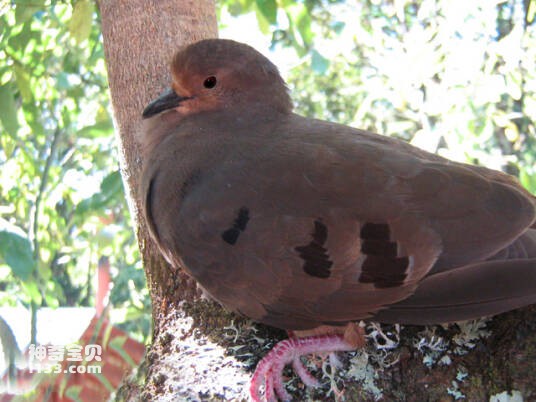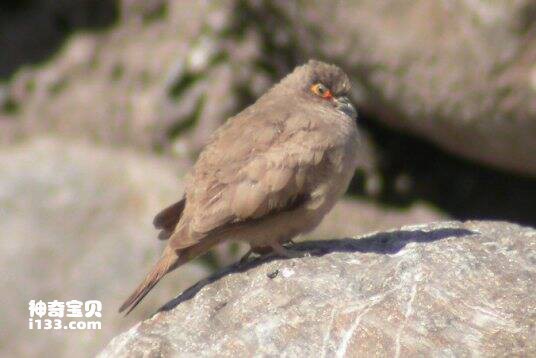
Metriopelia morenoi
Metriopelia morenoi,Bare-eyed Ground-dove,Moreno's Ground Dove
Metriopelia morenoi, Bare-eyed Ground-dove, Moreno' s Ground Dove, whose···
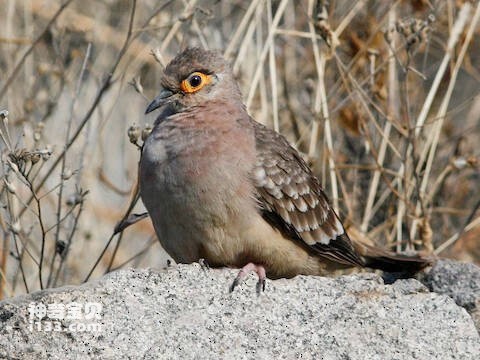
Metriopelia ceciliae
Metriopelia ceciliae,Bare-faced Ground Dove
The behavior of Bare-faced Ground Dove (Metriopelia ceciliae) is unknown.Pro···
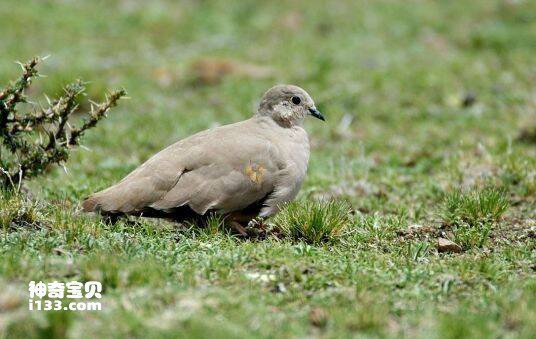
Metriopelia aymara
Metriopelia aymara,Golden-spotted Ground-dove
Its scientific name is Metriopelia aymara, and its foreign name is Golden-sp···
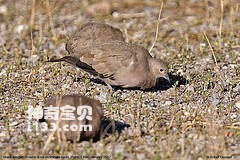
Metriopelia melanoptera
Metriopelia melanoptera,Black-winged Ground-dove
Metriopelia melanoptera and Black-winged Ground-dove are unknown.Listed in t···
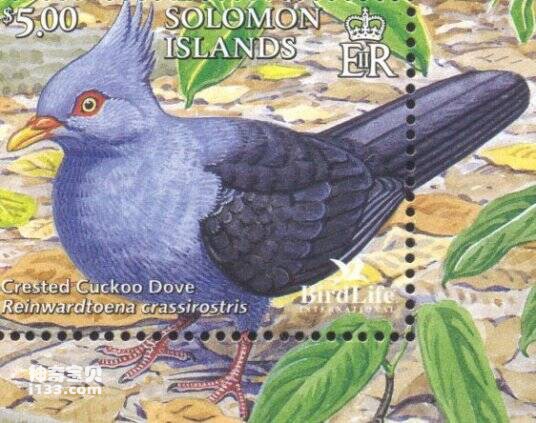
Reinwardtoena crassirostris
Reinwardtoena crassirostris,Crested Cuckoo-dove
Its scientific name is Reinwardtoena crassirostris and its foreign name is C···
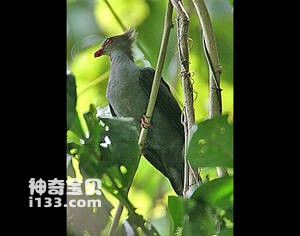
Reinwardtoena browni
Reinwardtoena browni,Pied Cuckoo-dove
The turtle is Reinwardtoena browni, Pied Cuckoo-dove, and its behavior is un···
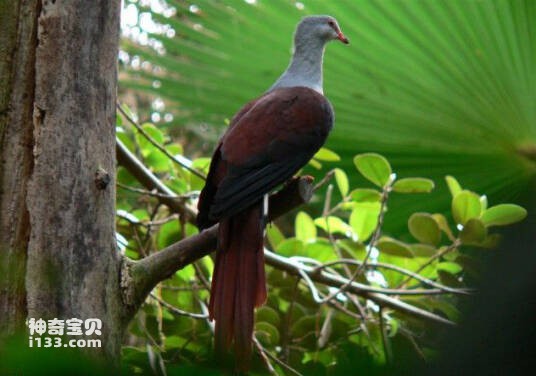
Reinwardtoena reinwardtsi
Reinwardtoena reinwardtsi,Great Cuckoo-dove
Its scientific name is Reinwardtoena reinwardtsi, and its foreign name is Gr···
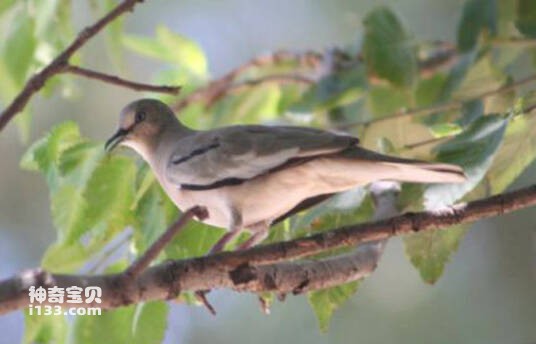
Claravis godefrida
Claravis godefrida,Purple-winged Ground-dove,Purple-barred Ground-dove,Purple-winged Ground Dove
Its scientific name is Claravis godefrida, and its foreign names are Purple-···
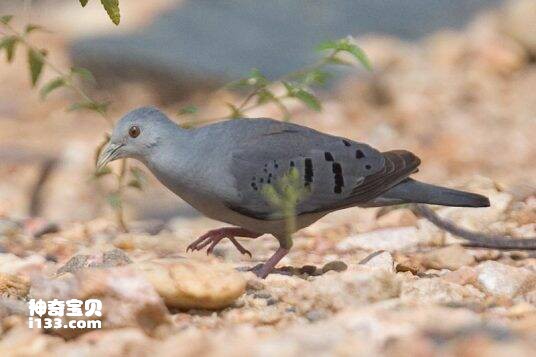
Claravis pretiosa
Claravis pretiosa,Blue Ground-dove
Its scientific name is Claravis pretiosa and its foreign name is Blue Ground···
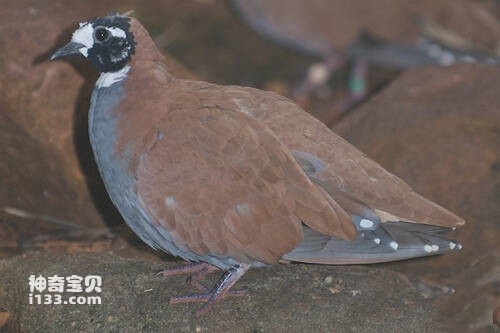
Phaps histrionica
Phaps histrionica,Flock Bronzewing
The scientific name Phaps histrionica, the foreign name Flock Bronzewing, th···
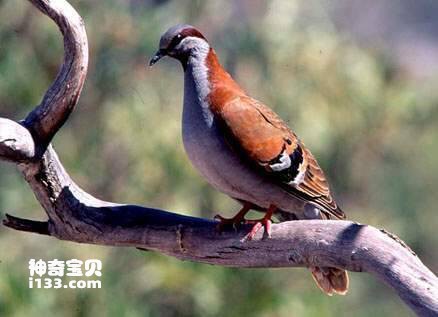
Phaps elegans
Phaps elegans
Copper-winged brush doves are known as Phaps elegans, but their specific hab···
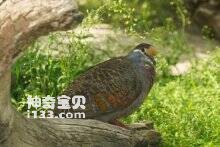
Phaps chalcoptera
Phaps chalcoptera
The copper-winged turtle is known as Phaps chalcoptera, but its behavior is ···
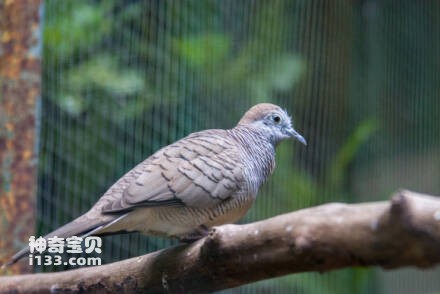
Geopelia striata
Geopelia striata,Zebra Dove,Barred Ground Dove
Geopelia striata, Zebra Dove, Barred Ground Dove, the specific habit is unkn···
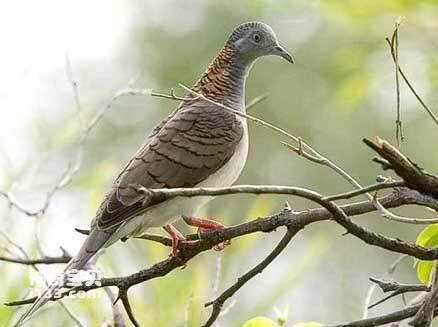
Geopelia humeralis
Geopelia humeralis,Bar-shouldered Dove
Geopelia humeralis (geopelia humeralis) and Bar-shouldered Dove (Geopelia hu···
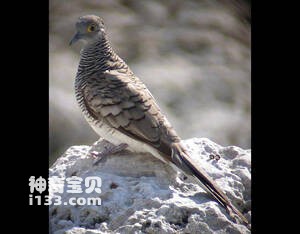
Geopelia maugei
Geopelia maugei,Geopelia maugeus,Barred Dove
Geopelia maugei, Geopelia maugeus, and Barred Dove are unknown.Listed in the···
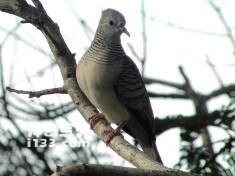
Geopelia placida
Geopelia placida,Peaceful Dove
Geopelia placida, Geopelia placida, Peaceful Dove, is known for its specific···
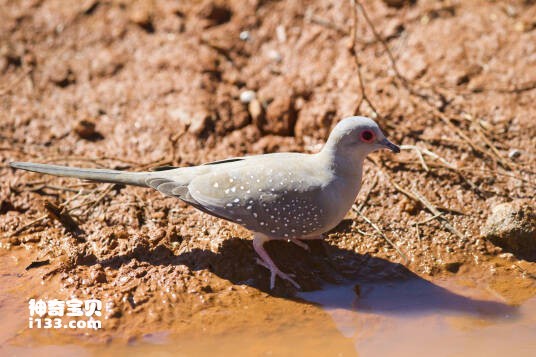
Geopelia cuneata
Geopelia cuneata
Geopelia cuneata: Geopelia cuneata, Geopelia cuneata, Geopelia Cuneata, Geop···
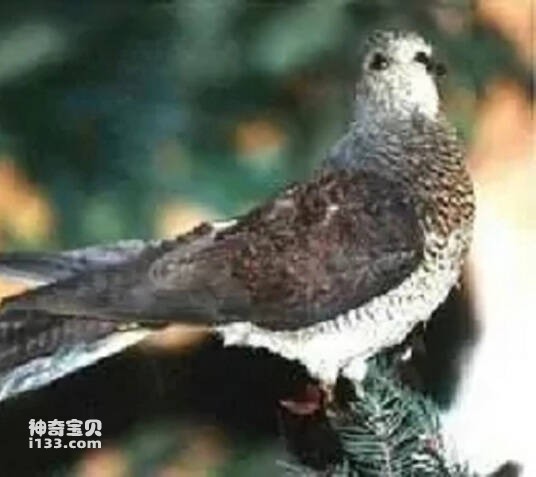
Leptotila megalura
Leptotila megalura,White-faced Dove,Large-tailed Dove,Yungas Dove
Its scientific name is Leptotila megalura, and its foreign names are White-f···
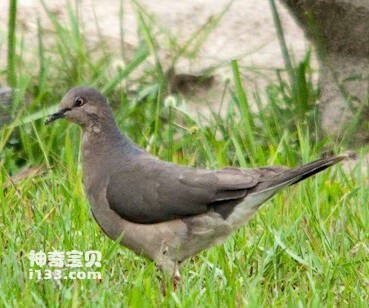
Leptotila verreauxi
Leptotila verreauxi,White-tipped Dove
Leptotila verreauxi, or White-tipped Dove, is unknown.Listed in the Internat···
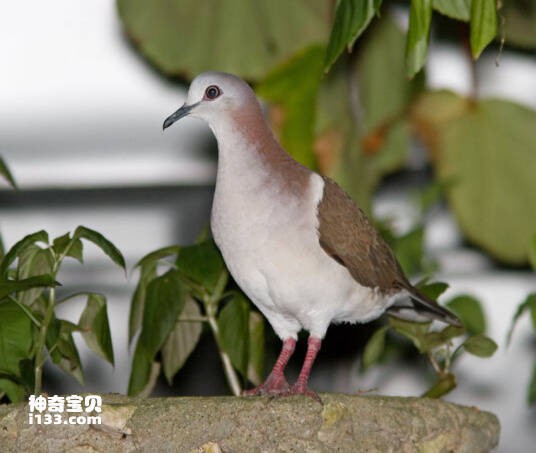
Leptotila jamaicensis
Leptotila jamaicensis,Caribbean Dove
Its scientific name is Leptotila jamaicensis, and its foreign name is Caribb···

